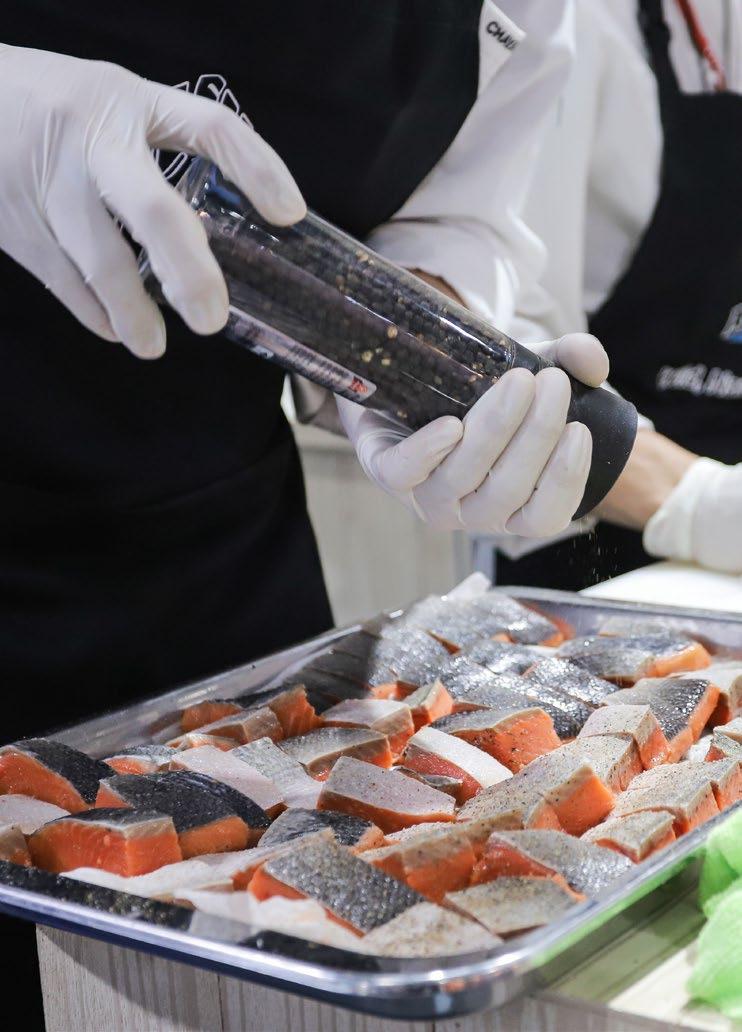
1 minute read
The Norwegian Model
• No throwing back: a pioneer in sustainability, Norway introduced a ban on discards in 1987, while the EU banned the practice in 2019, more than 30 years after.
• Quota system: it is also the first country in the world to introduce a quota system for important species such as cod. Regulators, industry, and science work together to protect vulnerable areas, clean seas, and sustainable fish stocks. Norway’s fishermen must land what they catch but cannot profit from anything outside their quotas.
• Protection: the stock assessments protect younger fish classes from being caught, allowing new generations of fish to grow large enough before being subject to catching, which can benefit the country both ecologically and economically. Guiding sorting grid size, mesh net size, and the size of hooks used are designed to maximise targeted catch while ensuring larger or smaller fish are spared.
• Control: the Norwegian Coast Guard spends 70 per cent of their time and resources to ensure fishing activities align with regulations. Closing fisheries and banning certain fishing equipment or methods can protect other vulnerable parts of the ecosystem. This ensures fishing activities are carried out at the right time, in the right areas, and with the right equipment. While on land, regular inspections of fishing vessels arriving in port and at sea are being conducted.
NSC also published Top Seafood Consumer Trends in 2021, the first in a series of reports that took a deep dive into what is happening in the world’s trend, and how and why this is important to the seafood industry. The purpose is to inspire innovation and new perspectives on how technology, politics, and finance can be used to create a more sustainable and prosperous relationship with the sea.
The United Nations Climate Panel has highlighted the importance of marine aquaculture in producing enough healthy and sustainable food for an increasing population. The world needs systematic and industrial food production, as well as efficient logistics and distribution. Technology and innovation must be strengthened at all stages – from the production and distribution of feed to the processing, packaging, and distribution of finished products. And this is what the Norwegian seafood industry is trying to achieve.
Embracing Norwegian Aquaculture Practices in Asia
Sustainable aims in marine agriculture, encompassing ecological responsibility, social welfare, and economic viability, are crucial for our oceans’ long-term health and productivity. Achieving these aims requires collective responsibility and collaboration among governments, industry players, researchers, and consumers. The NSC’s notable contributions exemplify the progress toward sustainable aquaculture.









